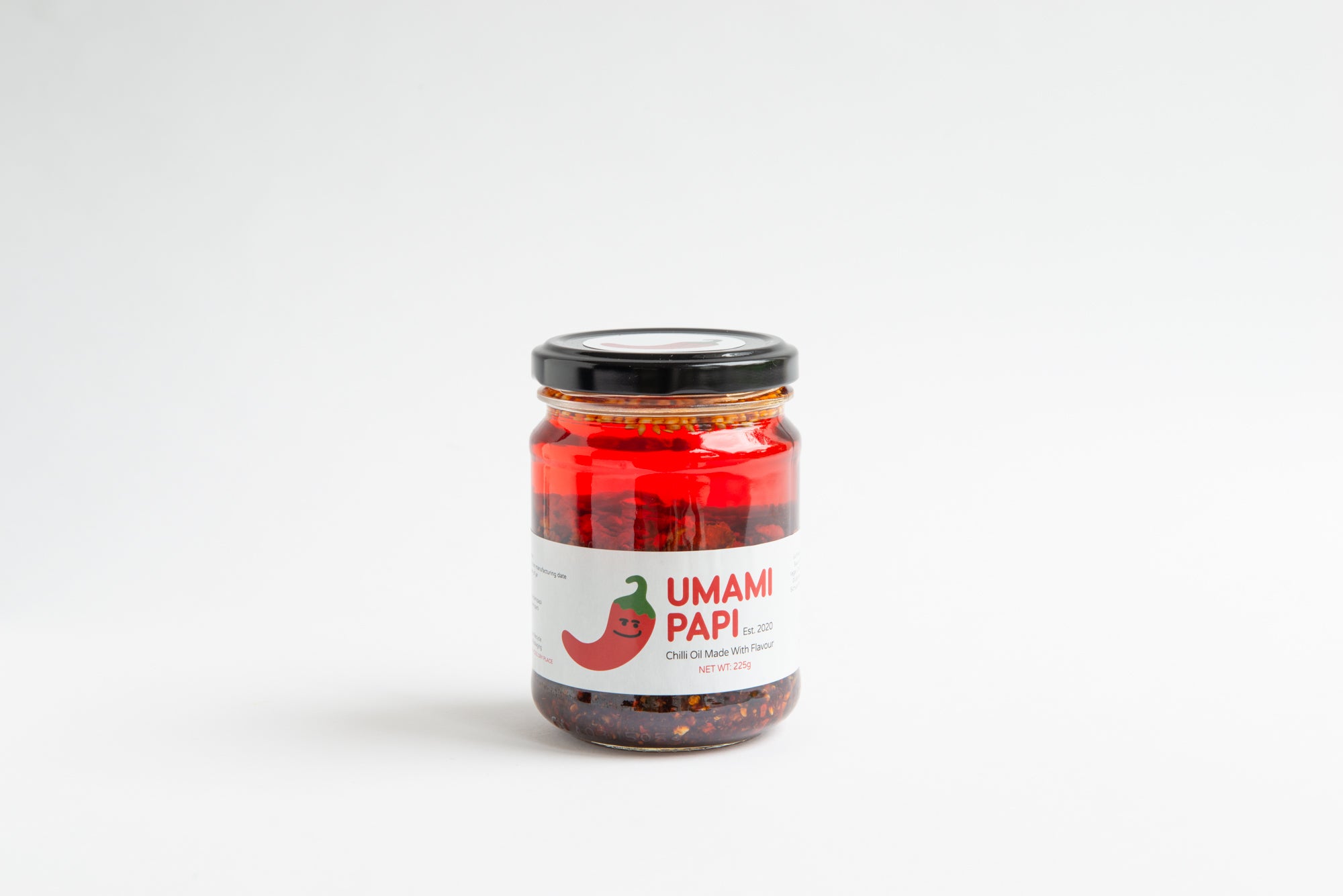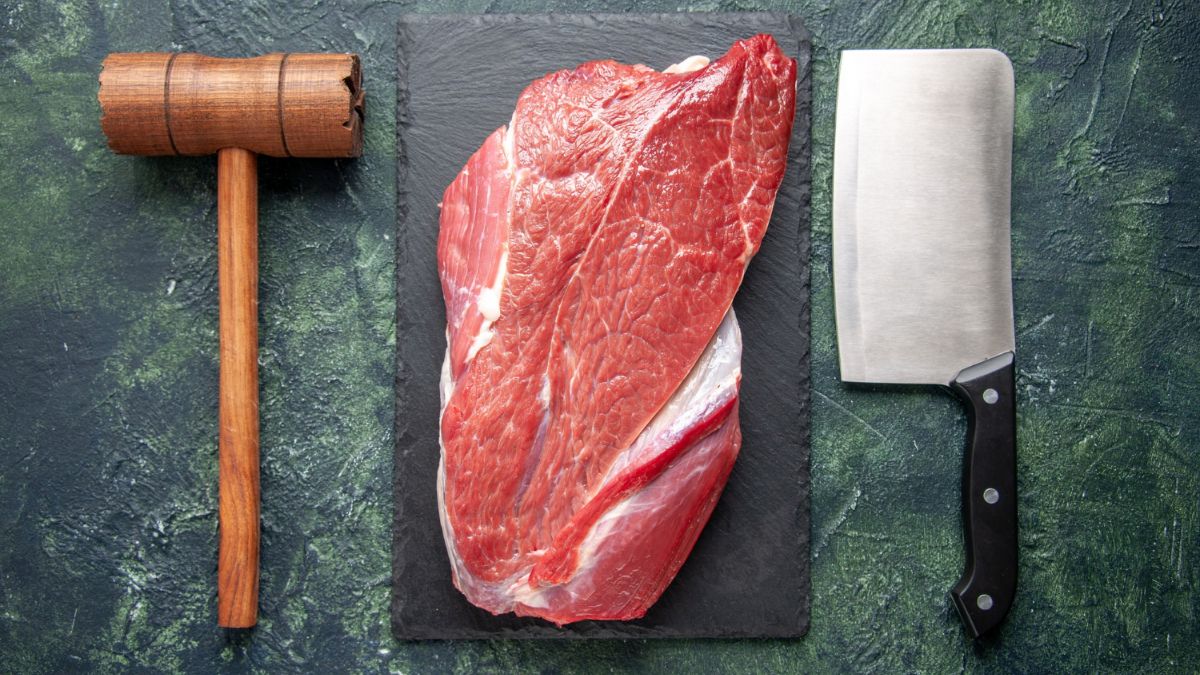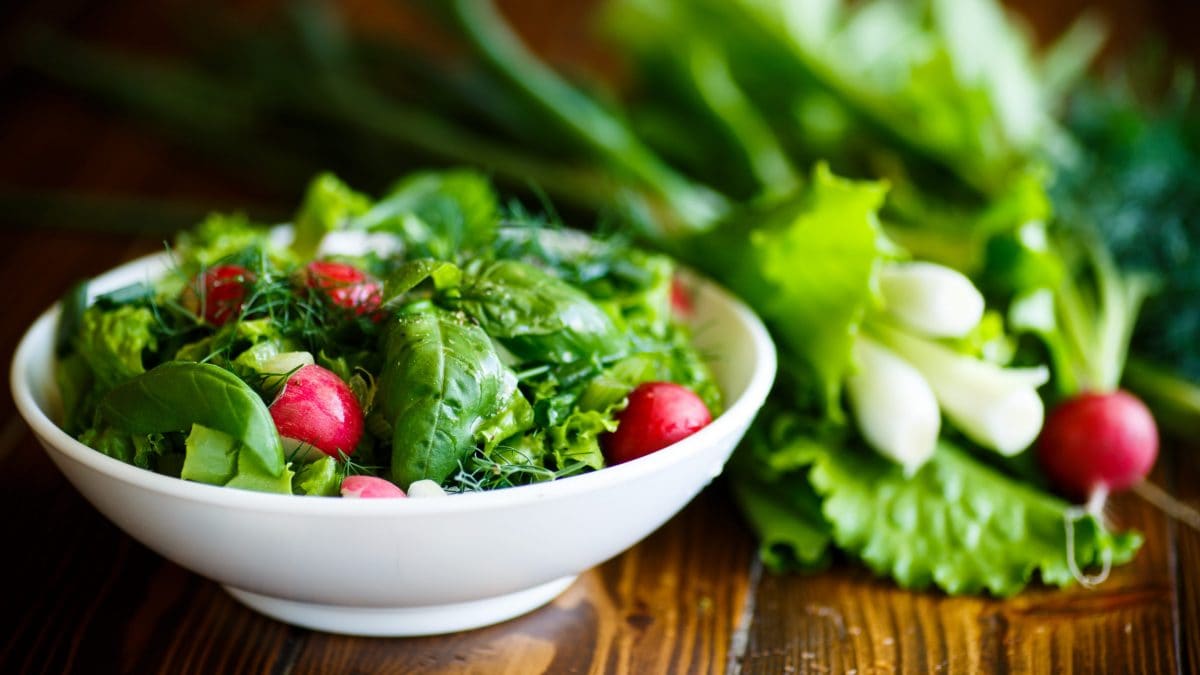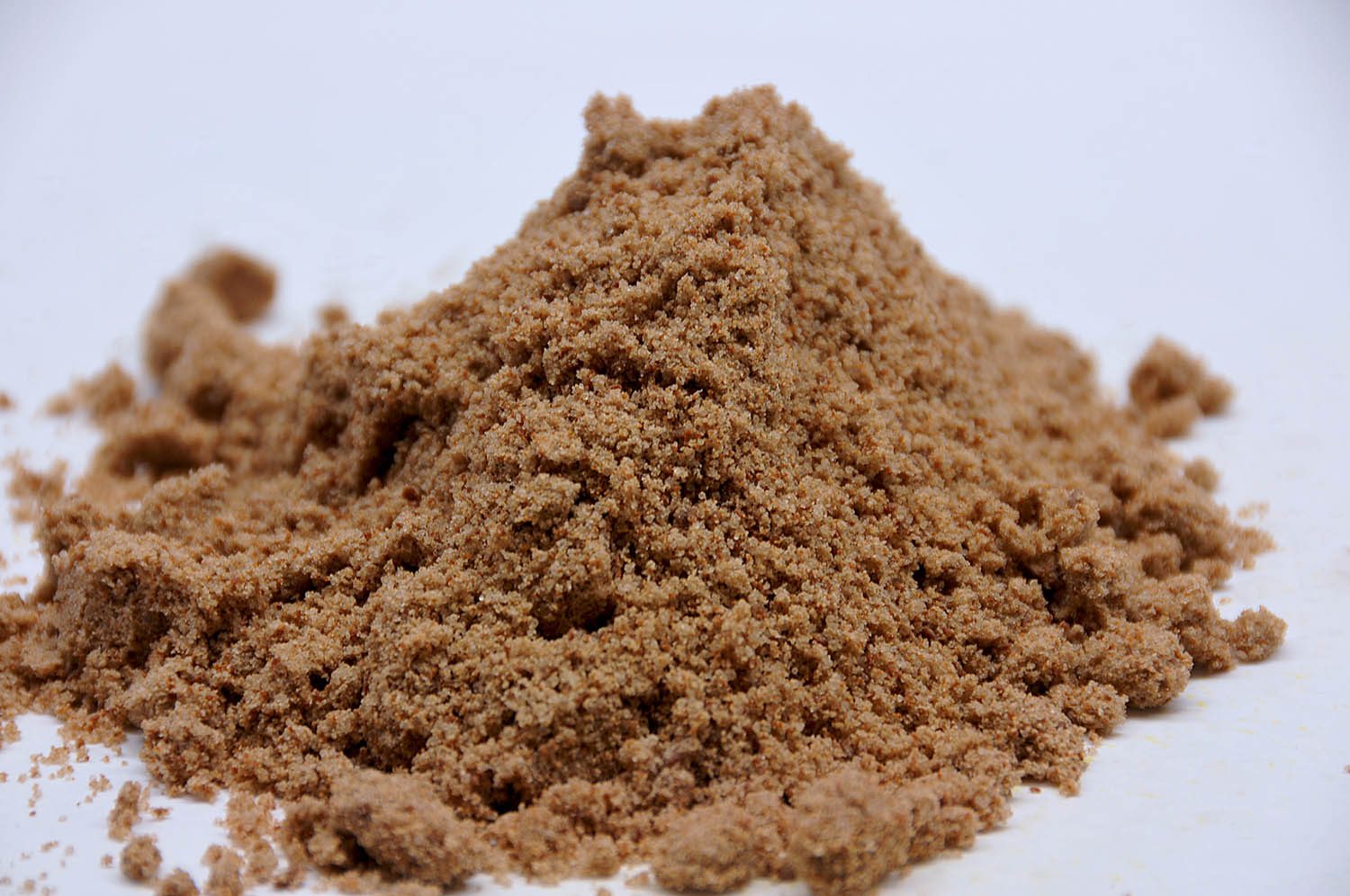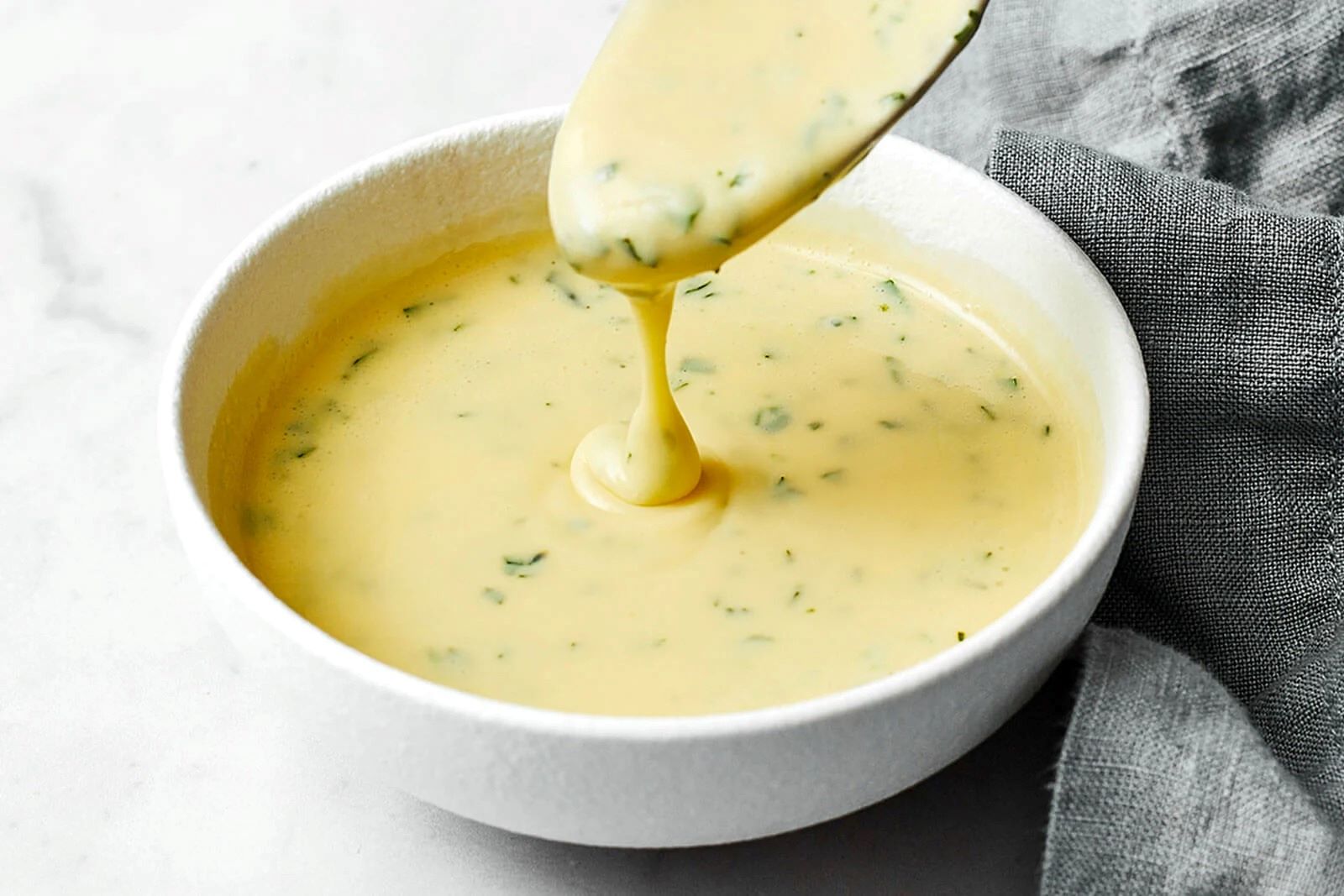Understanding Continental Food
When it comes to exploring different cuisines, one term that often comes up is “continental food.” But what exactly does this term mean? Let’s delve into the world of continental cuisine to understand its origins, characteristics, and popular dishes.
Origins of Continental Cuisine
The term “continental food” typically refers to the cuisine of the European continent. It encompasses a wide range of culinary traditions from countries such as France, Italy, Spain, Germany, and others. The roots of continental cuisine can be traced back to the diverse cooking styles and ingredients found across Europe.
Characteristics of Continental Food
Continental cuisine is known for its emphasis on high-quality ingredients, meticulous preparation methods, and rich flavors. Some key characteristics of continental food include:
- Diversity: Continental cuisine encompasses a diverse range of flavors and cooking techniques, reflecting the culinary traditions of various European countries.
- Use of Fresh Ingredients: Fresh produce, meats, and dairy products are commonly used in continental dishes, contributing to their vibrant flavors and textures.
- Attention to Detail: Continental chefs are known for their attention to detail in every aspect of cooking, from presentation to flavor pairings.
- Rich Sauces and Flavors: Many continental dishes feature rich, flavorful sauces that complement the main ingredients, adding depth to the overall dining experience.
Popular Continental Dishes
Continental cuisine offers a wide array of delectable dishes that have gained popularity worldwide. Some well-loved continental dishes include:
- Coq au Vin: A classic French dish featuring chicken braised with wine, mushrooms, and aromatic herbs.
- Spaghetti Carbonara: An Italian pasta dish made with eggs, cheese, pancetta, and black pepper.
- Wiener Schnitzel: A traditional Austrian dish consisting of breaded and fried veal cutlets.
- Paella: A Spanish rice dish infused with saffron and packed with a variety of seafood, meats, and vegetables.
Continental Food in Modern Cuisine
While traditional continental cuisine continues to be celebrated, modern chefs often put their own creative spin on classic dishes, incorporating contemporary techniques and global influences. This fusion of tradition and innovation has led to the evolution of continental food in today’s culinary landscape.
Exploring Continental Cuisine
Whether you’re dining at a fine restaurant or trying your hand at cooking continental dishes at home, exploring the world of continental cuisine can be a delightful and rewarding experience. From the rich flavors of French cuisine to the comforting simplicity of Italian fare, continental food offers a treasure trove of culinary delights waiting to be savored.
So, the next time you come across the term “continental food,” you’ll have a deeper understanding of its meaning and the diverse culinary heritage it represents.
Was this page helpful?
Read Next: What Is A Substitute For Bay Leaf?

